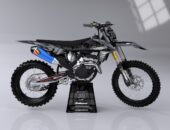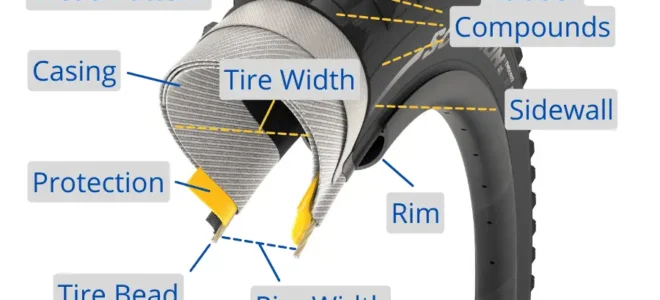
Fat bike tires have gained popularity for their ability to traverse various terrains with ease. In this article, we’ll explore the anatomy of a fat bike tire, focusing on tread patterns and widths, to help you make an informed decision when selecting the perfect tire for your riding needs.
Width: Size Matters
Fat bike tires come in widths ranging from 3.8 to 5 inches. A wider pneumatic provides better flotation in soft conditions like snow or sand, while a narrower tire, like a 20×4 bike tire, can offer better rolling efficiency on hard-packed surfaces. When choosing a width, consider the terrain you’ll be riding on, your personal preferences, and compatibility with your bike’s frame and fork clearance.
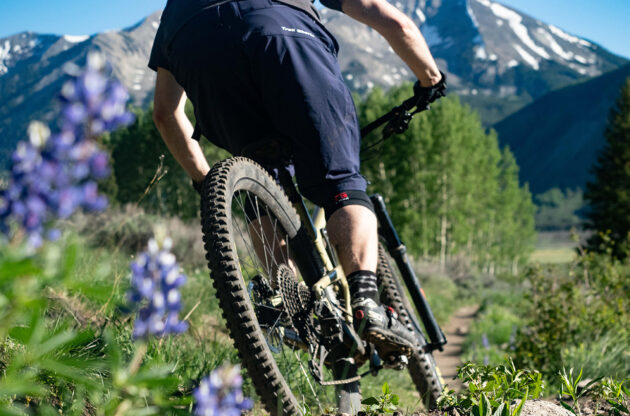
Source: blisterreview.com
Tread Patterns: Finding the Right Grip
Tread patterns on fat bike tires determine how well the pneumatic will grip various surfaces. They can generally be categorized into three main types: aggressive, moderate, and low-profile.
- Aggressive Tread Patterns: These designs feature large, widely spaced knobs that dig into loose or soft terrain, providing excellent traction and braking performance, but may be slower rolling and less efficient on harder surfaces.
- Moderate Tread Patterns: These tread designs strike a balance between aggressive and low-profile treads, offering good all-around performance with a blend of traction, rolling efficiency, and mud-shedding capabilities.
- Low-Profile Tread Patterns: Low-profile designs have smaller, closely spaced knobs that generate less rolling resistance, making them more efficient on hard-packed surfaces but potentially offering less traction in loose or soft conditions.
Tread Compound: Balancing Grip and Durability
The rubber compound used in a fat bike pneumatic significantly impacts its performance. Softer compounds provide better grip but wear more quickly, while harder compounds offer increased durability but may not grip as well. Some manufacturers use dual-compound technology, which combines a softer rubber compound on the outer edges of the tire with a harder compound in the center for improved durability and rolling efficiency.
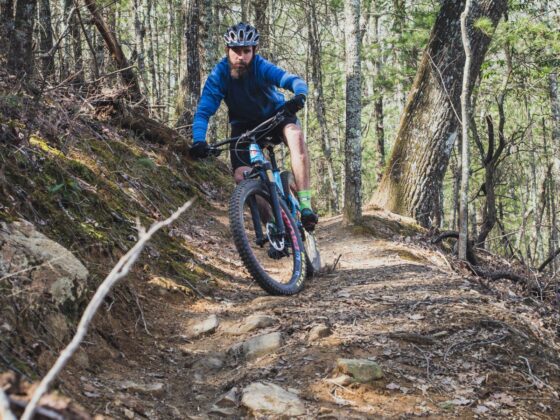
Source: cyclingmagazine.ca
Tire Pressure: Fine-Tuning Your Ride
Fat bike tires can be run at very low pressures, often between 5 and 15 psi. This low-pressure range allows the pneumatic to conform to the terrain, increasing the contact patch and improving traction. Lower pressures generally provide better traction and flotation, while higher pneumatic pressures can improve rolling efficiency and make the bike feel more agile. Finding the right pressure is a matter of trial and error and depends on your specific needs and riding style.
Tubeless vs. Tubes: Weighing the Pros and Cons
Many fat bike riders choose to convert their tires to a tubeless setup, which eliminates the need for an inner tube. Tubeless pneumatics offer several advantages, including reduced weight, improved ride quality, and increased puncture resistance. However, tubeless setups can be more challenging to install and maintain, and they may require more frequent attention to ensure the seal is maintained. Riders who frequently swap tires or use their fat bikes in extreme conditions may find the convenience of a traditional tube setup to be more appealing.
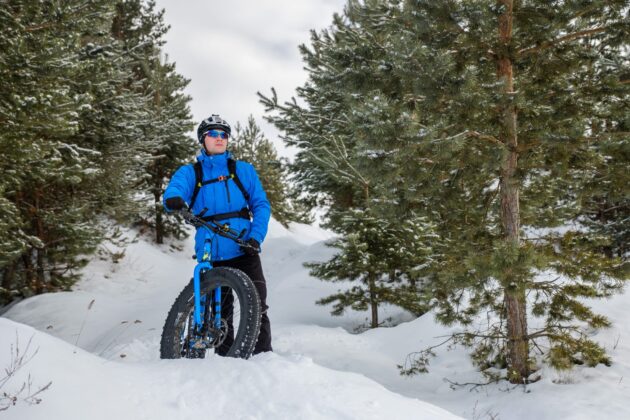
Source: bikelockwiki.com
Conclusion
Understanding the anatomy of a fat bike tire, including factors like tread patterns, widths, tire pressure, and tubeless vs. tube setups, can help you make an informed decision when selecting the perfect pneumatic for your riding needs. By considering your specific requirements and preferences, you can optimize your fat bike’s performance and enjoy a more enjoyable and rewarding ride experience.

